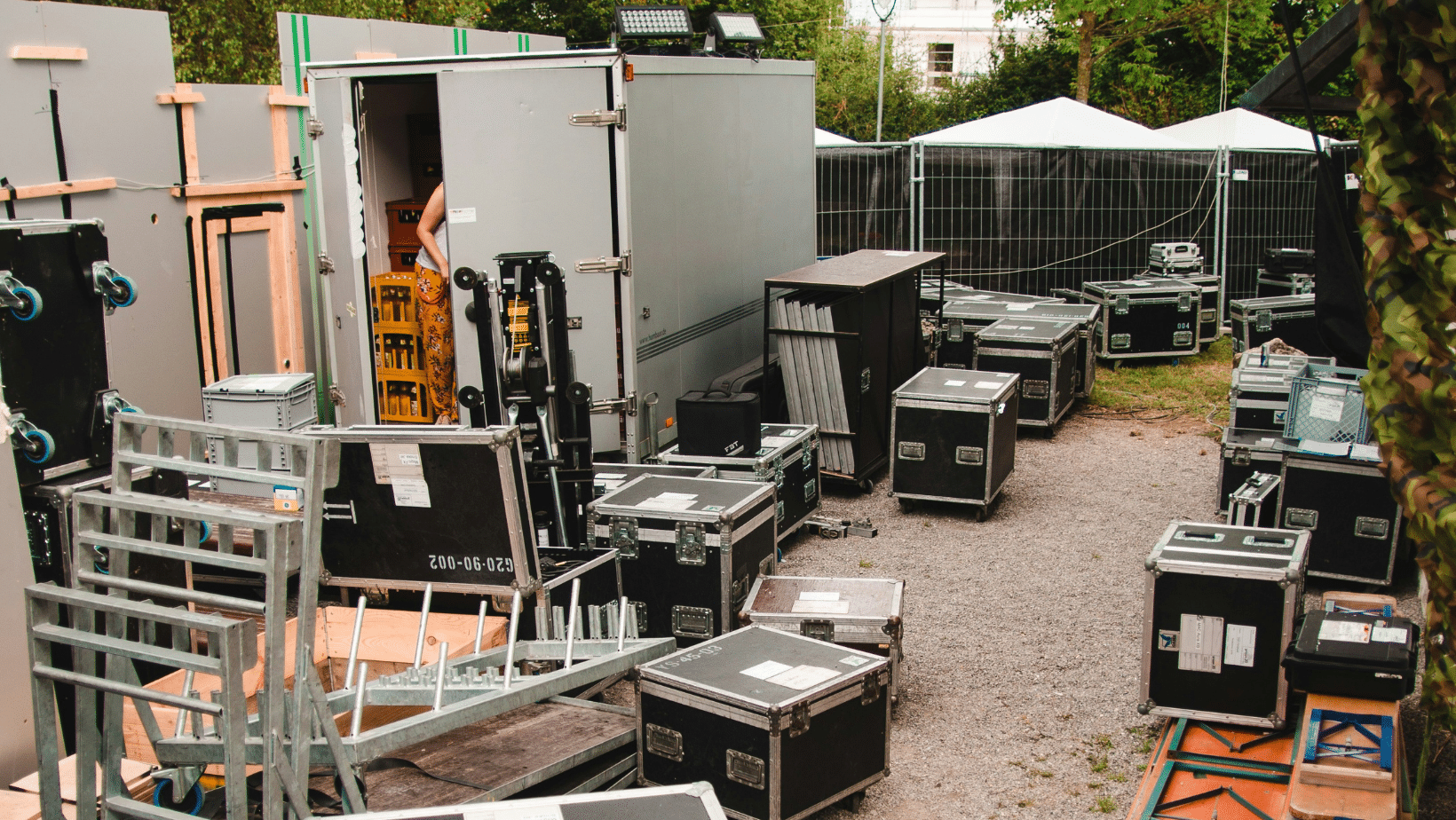The NSW workforce is made up of more than half a million music workers and supporting the wellbeing of our workers is crucial. SafeWork NSW resent post shares what wellbeing in the workplace is, and what isn’t
There is more to supporting your employees’ wellbeing than fitness classes and awareness days. Read on to find out how you can proactively support the mental health of your workplace.
Wellbeing is about more than physical health
Workplace wellbeing is about all aspects of work life. It includes your workers’ physical safety, workload, how their work is designed and organised, support from leaders and peers, and more. When you get it right, workers are safe, healthy, satisfied and engaged.
Fitness classes, mindfulness sessions or resilience training may help promote healthy habits in your workforce. But to truly support their wellbeing, you must go further and address your workplace’s environment, systems and culture.
Steps to improve wellbeing at work
There are six steps to creating a mentally healthier workplace with high wellbeing. The Workplace Wellbeing Assessment is a new digital tool that can guide you through many of these steps.
- Get leadership support
Tell your leaders why mental health at work matters. Get their commitment to consult workers about how to improve mental health and wellbeing at work and act on the findings. Give them a sample report from the Workplace Wellbeing Assessment, to show them the data, insights and recommended actions your business can gain from the tool. - Consult with your team
Use the Workplace Wellbeing Assessment launch to survey your workers and leaders and uncover how your business is performing in areas critical to mental health and wellbeing, such as leadership and culture. You can also use other consultation methodslaunch, such as staff committees. - Identify factors and analyse data
Once your staff complete their survey, you will get a comprehensive page report (like the one linked above) that will help you see what factors are impacting mental health and wellbeing in your workplace. You should also look at other human resources data you might have, such as use of support programs like Employee Assistance Programs and reports of bullying and harassment. - Make a plan
Use the recommended actions in your Workplace Wellbeing Assessment report as the starting point for your action plan. Your plan should contain specific and achievable initiatives and actions that can be measured and monitored. - Put your plan into action
Your plan and policies will work best when they’re clearly and effectively communicated to everyone in your workplace. Be sure to include it in induction training and make sure it’s easily accessible in hard and soft copy. - Evaluate and improve
Run the Workplace Wellbeing Assessment again to track and report on your progress. You will be able to compare your previous results all in the same report.
Read more about SafeWork NSW and this post HERE


